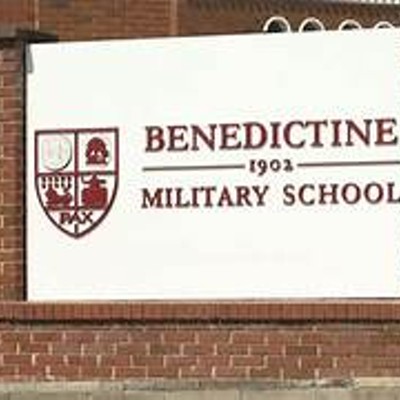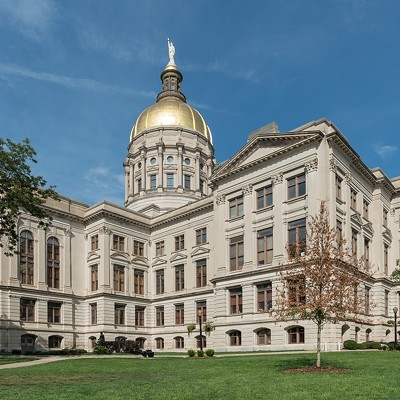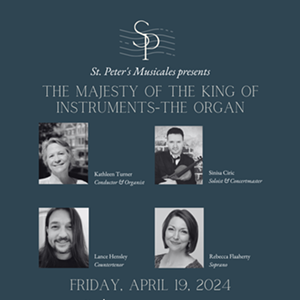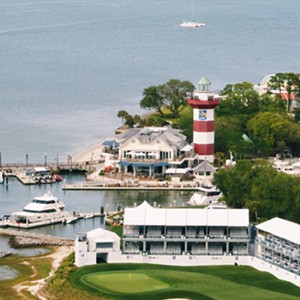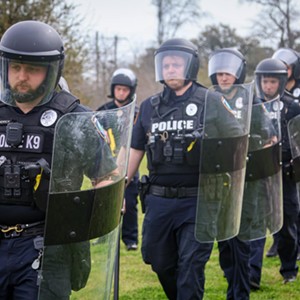The forgotten invasion
[
{
"name": "Air - MedRect Combo - Inline Content 1",
"component": "14680855",
"insertPoint": "7",
"requiredCountToDisplay": "5",
"parentWrapperClass": "fdn-ads-inline-content-block"
},{
"name": "Air - MedRect Combo - Inline Content 2",
"component": "14680856",
"insertPoint": "15",
"requiredCountToDisplay": "9",
"parentWrapperClass": "fdn-ads-inline-content-block"
},{
"name": "Air - SVP - Leaderboard - Inline Content - 2",
"component": "16852291",
"insertPoint": "10",
"requiredCountToDisplay": "10",
"parentWrapperClass": "fdn-ads-inline-content-block"
},{
"name": "Air - SVP - Leaderboard - Inline Content - 3",
"component": "16852292",
"insertPoint": "20",
"requiredCountToDisplay": "18",
"parentWrapperClass": "fdn-ads-inline-content-block"
},{
"name": "Air - SVP - Leaderboard - Inline Content - 1",
"component": "16852290",
"insertPoint": "25",
"requiredCountToDisplay": "22",
"parentWrapperClass": "fdn-ads-inline-content-block"
}
]
In todays world, where media coverage of wars is instant, its hard to imagine battles fought after a war is over. But thats exactly what happened along coastal Georgia during the War of 1812.
Under the direction of Gen. George Washington, a fort was built in 1776 at Point Peter, near St. Marys in present-day Camden County. This fort was the site of the last major military activity of the War of 1812.
The war was already over, but 600 British troops who did not get the word invaded the fort. They easily overcame 130 American soldiers who were stationed there.
After claiming the fort, the British looted the town of St. Marys. When they left, they destroyed their plunder by burning the fort.
Today, the area of Point Peter is a prime spot for development. Land Resource Companies, which is based in Atlanta, is developing Cumberland Harbour, a high-end waterfront community.
The site encompasses about 1,000 acres along the Intercoastal Waterway in St. Marys. We bought a piece of property that included Point Peter, says George Miners, the projects general manager.
There was a known fort there, Miners says. We wanted the area to be excavated and an archaeological dig conducted.
LRC has 15 active projects throughout the Southeast. We are primarily developing property for retirees and second-home users, using what we call a soft footprint, with green space and amenities, says Miners.
There will be around 1,200 residential units on 1,000 acres at Cumberland Harbour, he says. It is halfway complete.
To meet federal historic preservation requirements, LRC hired archaeologists from the cultural resource firm Brockington and Associates to uncover the remains of the fort. Now that the excavation is completed, LRC is sponsoring the War of 1812 exhibit.
The exhibit is being designed and created by The History Workshop, a division of Brockington and Associates. This division focuses on historic preservation and public education, and presents results of archaeological projects conducted by Brockington to the public.
Workshop Director Connie Huddleston says the exhibit will tell the story of the invasion at Point Peter. Its a very little-known story, she says.
It took a long time to travel between Britain and the United States, Huddleston says. The British landed at St. Marys and moved on to Point Peter.
The soldiers at the fort were completely outmanned, Huddleston says. The British stayed on Cumberland Island for a while, then looted St. Marys, she says.
The remains of the old fort were uncovered during the archaeological dig. The exhibit will tell the story of the regiment of men who stayed there, Huddleston says.
It also will tell the story of the invaders. Many were black soldiers, former slaves, Huddleston says.
These were slaves who took advantage of a promise by the British to free all slaves who fought for England. They sent their families to Trinidad or other islands and joined the British army, Huddleston says.
Visitors will see artifacts from the excavation, including buttons, buckles and pieces of rifles and even pieces of the dishes which were taken from the inhabitants of St. Marys. There also will be uniforms from the War of 1812 period, which were very different from uniforms that were worn before, Huddleston says. Visitors will get an idea of what the soldiers looked like.
Other projects of The History Workshop include educational packets for Bryan County fourth and eighth graders about the Ford Plantation.
The exhibit will open to the public on July 1 at the Cumberland Island National Seashore Museum, which is at 129 Osborne St. in St. Marys. The museum is open daily from 8 a.m. to 4 p.m. Current plans call for the exhibit to stay at St. Marys until 2012, or beyond, for the bicentennial anniversary of the beginning the the War of 1812,
Huddleston says very little of the original fort remains. The site is very large, she says. The fort was in one place, the blockhouse was in another and the battery was out in the marsh.
The blockhouse and battery will be preserved, but the other areas will be developed. Huddleston notes that while LRC was required to preserve the cultural resources at the site, they were under no obligation to fund the exhibit. In addition to the exhibit, LRC also is funding a full-scale education program for eighth graders in Camden County.
Huddleston notes that Brockington and Associates is unique among cultural recourse firms because its History Workshop interprets finds for the public.
A lot of archaeology gets done and nobody ever knows about it, she says. When we are doing a dig, we make sure the people in the community know all about it.
Under the direction of Gen. George Washington, a fort was built in 1776 at Point Peter, near St. Marys in present-day Camden County. This fort was the site of the last major military activity of the War of 1812.
The war was already over, but 600 British troops who did not get the word invaded the fort. They easily overcame 130 American soldiers who were stationed there.
After claiming the fort, the British looted the town of St. Marys. When they left, they destroyed their plunder by burning the fort.
Today, the area of Point Peter is a prime spot for development. Land Resource Companies, which is based in Atlanta, is developing Cumberland Harbour, a high-end waterfront community.
The site encompasses about 1,000 acres along the Intercoastal Waterway in St. Marys. We bought a piece of property that included Point Peter, says George Miners, the projects general manager.
There was a known fort there, Miners says. We wanted the area to be excavated and an archaeological dig conducted.
LRC has 15 active projects throughout the Southeast. We are primarily developing property for retirees and second-home users, using what we call a soft footprint, with green space and amenities, says Miners.
There will be around 1,200 residential units on 1,000 acres at Cumberland Harbour, he says. It is halfway complete.
To meet federal historic preservation requirements, LRC hired archaeologists from the cultural resource firm Brockington and Associates to uncover the remains of the fort. Now that the excavation is completed, LRC is sponsoring the War of 1812 exhibit.
The exhibit is being designed and created by The History Workshop, a division of Brockington and Associates. This division focuses on historic preservation and public education, and presents results of archaeological projects conducted by Brockington to the public.
Workshop Director Connie Huddleston says the exhibit will tell the story of the invasion at Point Peter. Its a very little-known story, she says.
It took a long time to travel between Britain and the United States, Huddleston says. The British landed at St. Marys and moved on to Point Peter.
The soldiers at the fort were completely outmanned, Huddleston says. The British stayed on Cumberland Island for a while, then looted St. Marys, she says.
The remains of the old fort were uncovered during the archaeological dig. The exhibit will tell the story of the regiment of men who stayed there, Huddleston says.
It also will tell the story of the invaders. Many were black soldiers, former slaves, Huddleston says.
These were slaves who took advantage of a promise by the British to free all slaves who fought for England. They sent their families to Trinidad or other islands and joined the British army, Huddleston says.
Visitors will see artifacts from the excavation, including buttons, buckles and pieces of rifles and even pieces of the dishes which were taken from the inhabitants of St. Marys. There also will be uniforms from the War of 1812 period, which were very different from uniforms that were worn before, Huddleston says. Visitors will get an idea of what the soldiers looked like.
Other projects of The History Workshop include educational packets for Bryan County fourth and eighth graders about the Ford Plantation.
The exhibit will open to the public on July 1 at the Cumberland Island National Seashore Museum, which is at 129 Osborne St. in St. Marys. The museum is open daily from 8 a.m. to 4 p.m. Current plans call for the exhibit to stay at St. Marys until 2012, or beyond, for the bicentennial anniversary of the beginning the the War of 1812,
Huddleston says very little of the original fort remains. The site is very large, she says. The fort was in one place, the blockhouse was in another and the battery was out in the marsh.
The blockhouse and battery will be preserved, but the other areas will be developed. Huddleston notes that while LRC was required to preserve the cultural resources at the site, they were under no obligation to fund the exhibit. In addition to the exhibit, LRC also is funding a full-scale education program for eighth graders in Camden County.
Huddleston notes that Brockington and Associates is unique among cultural recourse firms because its History Workshop interprets finds for the public.
A lot of archaeology gets done and nobody ever knows about it, she says. When we are doing a dig, we make sure the people in the community know all about it.

